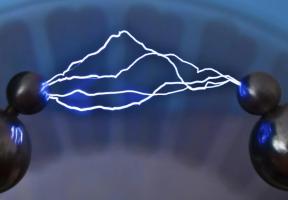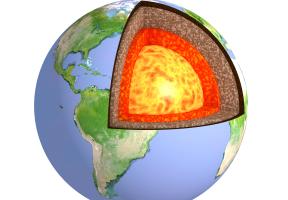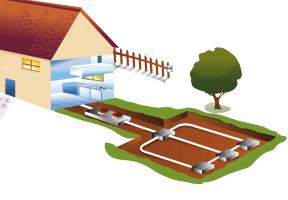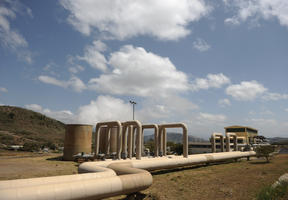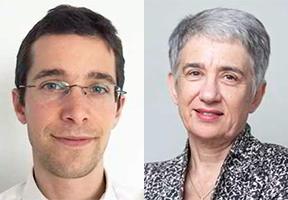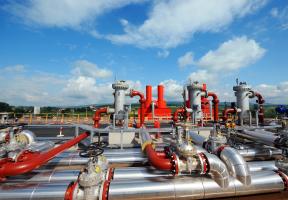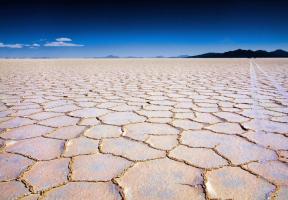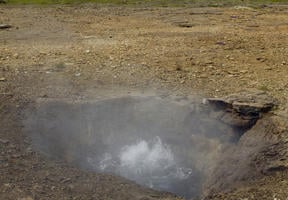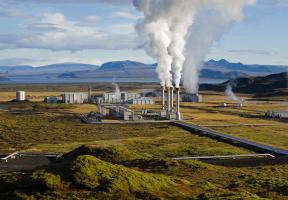Deep Low-Temperature Geothermal Energy
Updated on 04.28.20215 min read
The principle behind deep low-temperature energy is the same as for other low-temperature varieties, except that the wells descend further below the surface, to depths of 200 to 2,500 meters, and that the water temperatures are higher, generally between 30°C and 90°C. The water is captured via one well then reinjected underground through another, forming a “doublet”. This technique can be used to entire neighborhoods with thousands of inhabitants or industrial parks.
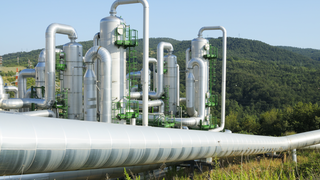
© Getty/ Lisa-Blue
How Deep Geothermal Energy Works
Deep geothermal facilities capture groundwater and water from aquifers and bring it to the surface through a production well, before transferring its energy to the local system via a heat exchanger. A network of pipes at the surface dispatches the heat to substations located at the base of each building in the neighborhood or industrial park. The water is then returned underground via an well.
The production well and the injection well must terminate several hundred meters apart underground to ensure that the cooled water is not introduced directly back into the hot spring, thereby depleting the resource. Measures must also often be taken to protect pipes from rapid , as the water in deep aquifers typically contains high levels of salt.
This method has several advantages. These aboveground facilities are compact and quiet, and do not release any pollutants or consume water. They are also easily maintained and, after the initial investment to drill the wells and set up the district heating system, the operating costs are extremely low for a period of around 50 years.
Two Case Studies in the Paris Region
- The Clichy-Batignolles neighborhood in Paris
To provide sustainable heat to the new eco-district, a geothermal facility draws water from the 600-meter-deep Albien aquifer , which serves as Paris’ emergency drinking water supply. The water is extracted at only 30°C – putting it in the lower range of temperatures possible for this type of geothermal energy use – then heated to 65°C using heat pumps. Its temperature has dropped down to 12°C by the time it returns underground. The two wells terminate 650 meters apart in the aquifer.
- Orly Airport.
Since 2010, a geothermal doublet has been operating in the Dogger aquifer, located nearly 1,800 meters below the surface. Water at 74°C is extracted at a rate of 300 cubic meters per hour and transfers its heat to a pipe network, which then supplies heating to a portion of the airport terminal and office buildings. The water is around 35°C when it is returned to the aquifer. The facility, which has a thermal output of 10 megawatts, reduces fossil fuel consumption by an estimated 4,000 metric per year.
Medium-Temperature Geothermal Energy
Geothermal energy above 90°C (sometimes called “medium temperature”) can be used for specific industrial applications, including drying textiles, manufacturing paper pulp and processing
.
generation becomes possible at temperatures of 150°C and above.


